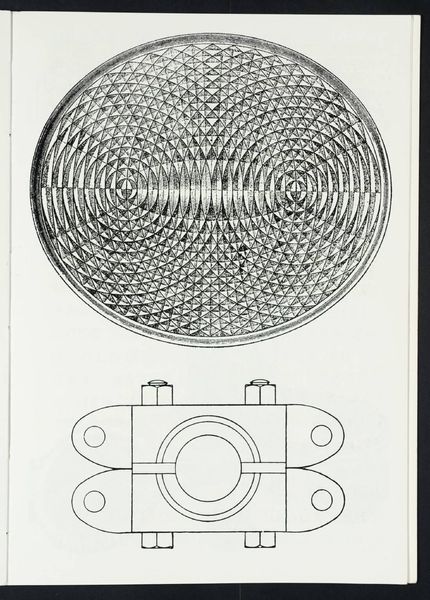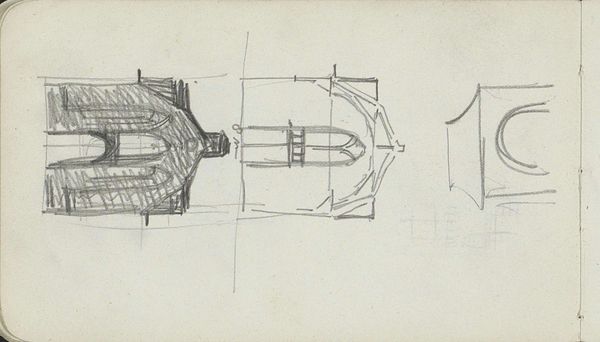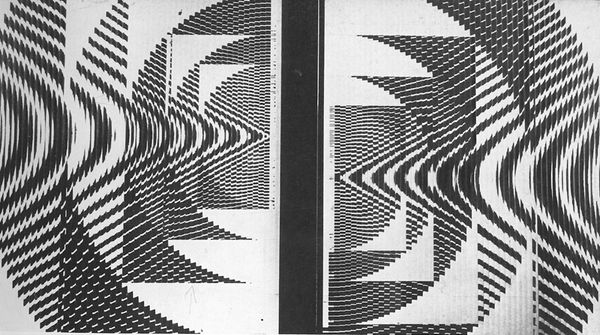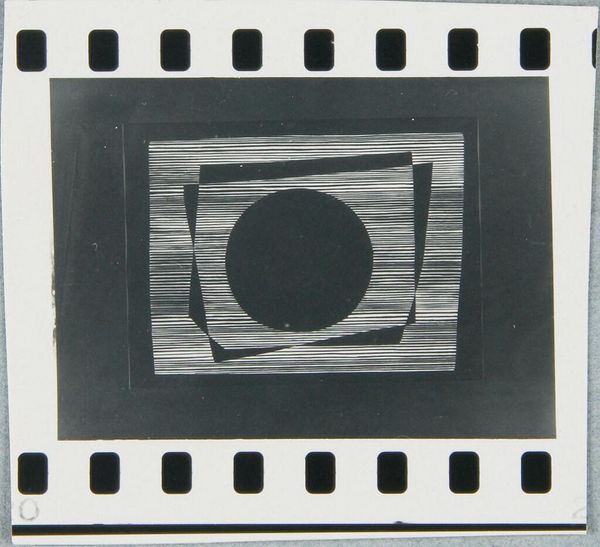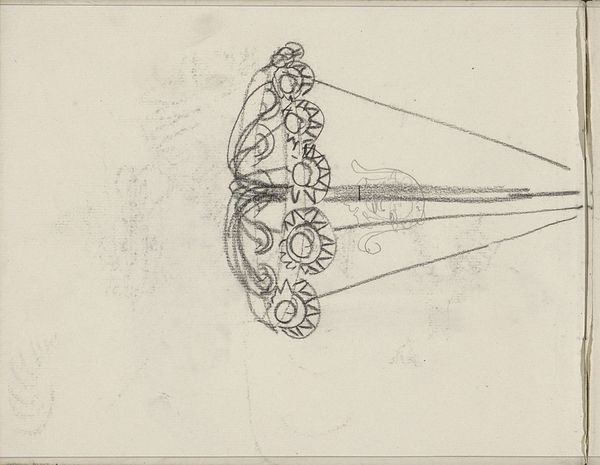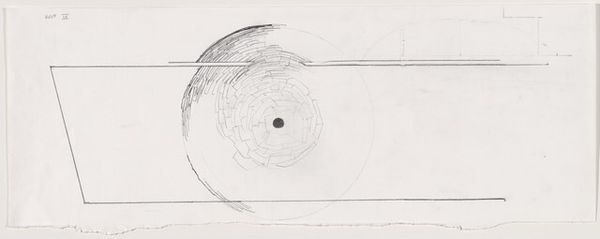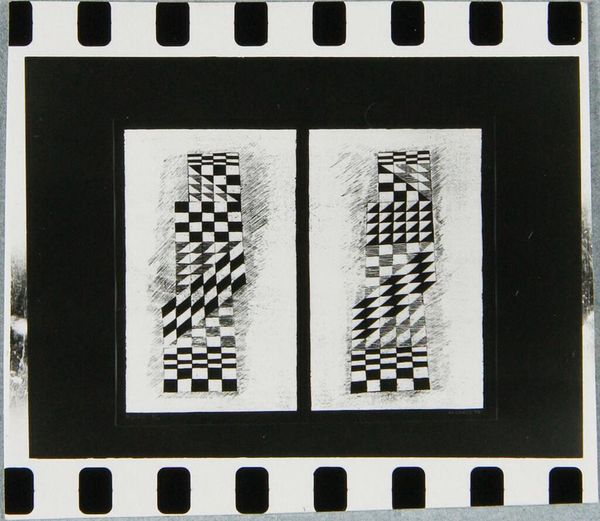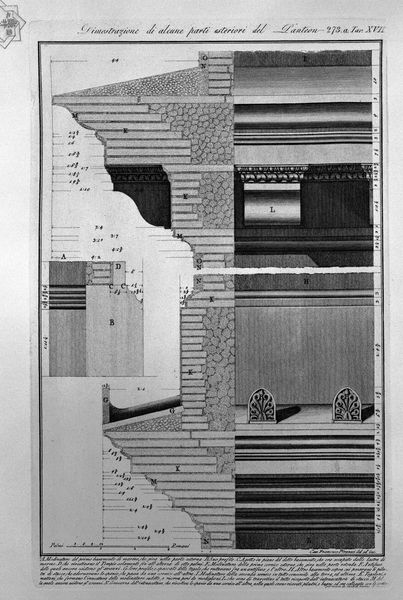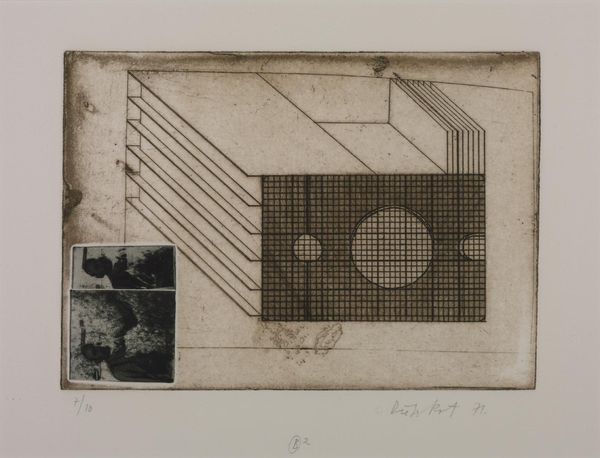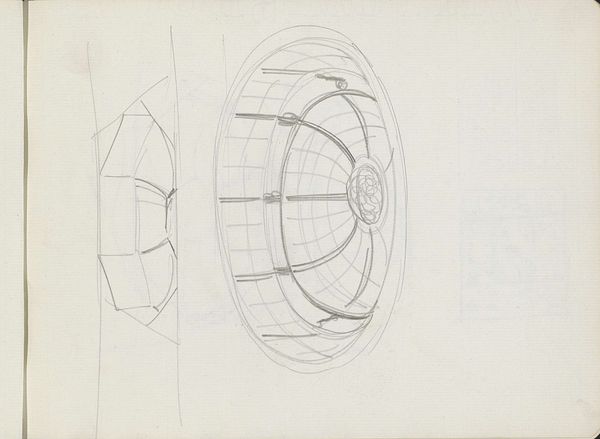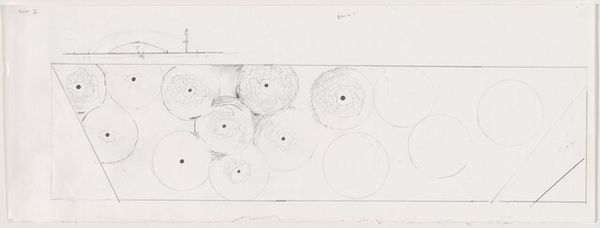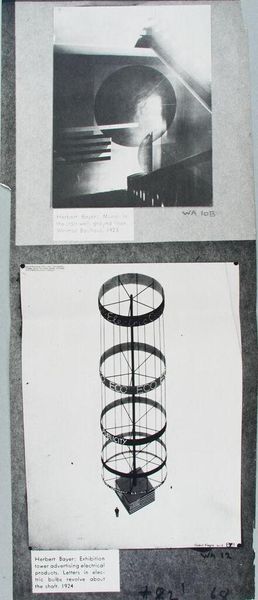
drawing, pencil, graphite
#
portrait
#
drawing
#
figuration
#
geometric
#
pencil
#
men
#
line
#
graphite
#
academic-art
#
realism
Copyright: Public domain
Editor: So, this drawing is called "Gears" by Thomas Eakins. It looks like it's made with graphite and pencil. What strikes me is how technical and precise it is, almost like an engineering diagram, but then you see these tiny human figures underneath, and it becomes…unsettling. What do you see in this piece? Curator: It's that tension you point out that interests me, too. Eakins was deeply committed to Realism and depicting the body, often pushing against social norms of his time. Here, the industrial gears contrast with those miniature figures, which positions the drawing in the wider context of industrialization in America. I read this drawing as commentary on the potential for technology to both empower and overwhelm humanity. Where do these figures fit into this mechanical landscape? Are they celebrating or are they subjugated? Editor: I never thought of it that way! They seem dwarfed by the machinery, almost like cogs themselves. Is Eakins suggesting something about the worker’s role in the industrial age? Curator: Precisely! Consider the labor movements of the late 19th century. Eakins was an astute observer of society. By including those figures, he infuses what could have been a purely technical study with social commentary, inviting us to consider the human cost of progress. Do you notice anything else about the figures themselves? Editor: One is upright, walking almost confidently. The other is...falling? Maybe overwhelmed? Curator: That positioning seems critical. How do these figures mirror anxieties around control and freedom at a time of rapidly increasing mechanization? Editor: I see what you mean. It’s not just a drawing of gears; it's a statement about power. This makes me wonder how artists today are engaging with similar questions. Curator: Exactly. By examining works like "Gears," we can better understand the ongoing dialogue between art and social change, seeing how artists continue to probe our relationship with technology and its impact on human life and labor. Editor: This conversation really made me rethink what art can say about history and social justice. It's much more than just what you see at first glance!
Comments
No comments
Be the first to comment and join the conversation on the ultimate creative platform.
